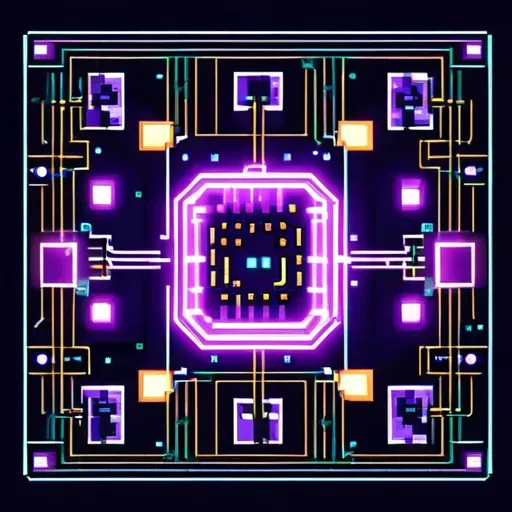
Security Vulnerabilities Identified in Quantum Computing Circuits
/ 3 min read
Quick take - The article discusses the identification of security vulnerabilities in quantum computing, particularly at the interface between gate-level and pulse-level circuits, highlighting various attack vectors and proposing a defense framework to enhance the security of quantum software development kits.
Fast Facts
- Security vulnerabilities in quantum computing are increasing, particularly at the interface between gate-level and pulse-level circuits, leading to significant risks.
- The shift to pulse-level circuits enhances optimization but introduces inconsistencies that can be exploited through various attack vectors, such as “qubit plunder” and “timing mismatch.”
- Two major quantum SDKs, Qiskit and Amazon Braket, were analyzed for vulnerabilities, highlighting the need for security measures as cloud-based services allow diverse users to run proprietary circuits.
- A proposed defense framework includes channel verification, pulse syntax verification, and pulse semantics verification to detect and mitigate attacks that could cause unwanted entanglement or decoherence.
- Future research is encouraged to refine verification methods and explore new attack types related to qubit properties, contributing to the overall security of quantum computing.
Security Vulnerabilities in Quantum Computing
Security vulnerabilities in quantum computing, particularly at the interface between gate-level and pulse-level quantum circuits, have been identified as a growing concern. Quantum circuits are traditionally defined using gate-level primitives. The emergence of pulse-level circuits offers enhanced optimization and expressivity. However, this shift has introduced significant security risks.
Identified Risks and Attack Vectors
These risks arise from inconsistencies between gate-level descriptions of custom gates and their corresponding low-level pulse implementations. Several attack vectors have been proposed, including “qubit plunder,” “qubit block,” “qubit reorder,” “timing mismatch,” “frequency mismatch,” “phase mismatch,” and “waveform mismatch.” These attacks were demonstrated on actual quantum computers and simulators, highlighting vulnerabilities within contemporary software development kits (SDKs). The analysis specifically scrutinizes two widely used quantum SDKs: Qiskit and Amazon Braket.
The Need for Enhanced Security Measures
The field of quantum computing is rapidly advancing, marked by an increasing number of qubits in Noisy Intermediate-Scale Quantum (NISQ) devices. Securing quantum circuits is becoming crucial, especially as these quantum computers currently lack error correction and operate with inherent noise. Security measures are essential, particularly as cloud-based services allow diverse users to execute proprietary quantum circuits. Despite their growing utilization, security and privacy issues surrounding pulse-level quantum circuits remain underexplored.
The authors introduce a new class of attacks targeting custom pulse-level controls, assuming that attackers can modify pulse specifications undetected. Two main locations are identified for potential attacks: the interface between gate-level and pulse-level circuits, referred to as channel attacks, and the pulse configuration itself, known as pulse attacks.
Proposed Defense Framework
To combat these vulnerabilities, the authors propose a defense framework that incorporates channel verification, pulse syntax verification, and pulse semantics verification. The aim is to effectively detect and mitigate the proposed attacks, which can lead to critical issues such as unwanted entanglement or decoherence in qubits. The paper classifies victims based on their verification capabilities, ranging from Level 1 (no verification) to Level 5 (full verification).
Future work is suggested to refine verification methods and investigate new attack types related to qubit properties. The authors acknowledge the support of IBM and Yale University, as well as funding from NSF grants. This research contributes significantly to the understanding of security vulnerabilities in quantum computing and provides actionable solutions to enhance the security of quantum software development kits.
Original Source: Read the Full Article Here


